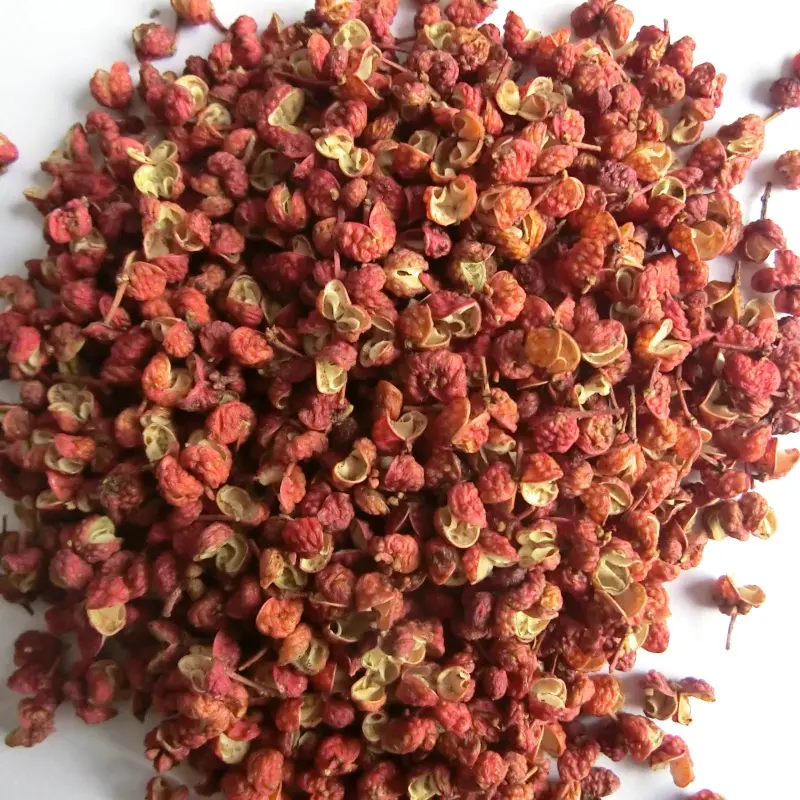Sichuan peppercorns are one of the most intriguing spices in the culinary world—and perhaps one of the most misunderstood. Despite their name, they are neither related to black pepper nor chili peppers. Instead, they are the dried husks of the prickly ash tree’s seed pods, offering a unique sensory experience that is both citrusy and numbing.
A cornerstone of Sichuan cuisine, these peppercorns create the signature "mala"flavor—numbing and spicy—that defines countless iconic dishes like mapo tofu and hot pot. Beyond Sichuan, their use is growing in various Asian cuisines and even in Western fusion cooking, thanks to their bold aroma and tongue-tingling sensation.
But not all Sichuan peppercorns are created equal. Like coffee or wine, quality varies significantly depending on harvest, region, and handling. From the vibrant color of the husks to the fresh citrus aroma and the clean, buzzing numbing effect, there are several key markers that indicate whether you’re working with premium spice—or something stale and flavorless.
This guide, Sichuan Peppercorns 101: Color, Aroma, and Quality Markers, will help you understand how to identify top-quality Sichuan peppercorns and elevate your cooking with authentic flavor and sensory complexity.
Types & Colors of Sichuan Peppercorns
Not all Sichuan peppercorns are the same. In fact, there are several types, each with its own distinctive color, aroma, and flavor profile. The two most common varieties are red Sichuan peppercorns and green Sichuan peppercorns, both essential to the art of Sichuan cooking, but used in different ways to achieve specific effects.
A. Red Sichuan Peppercorns (红花椒 / Hóng Huājiāo)
Red Sichuan peppercorns are perhaps the most iconic and widely used type. They are typically a reddish-brown or rusty red color and have a rich, slightly earthy aroma with strong citrus undertones. Their flavor is warm, complex, and slightly floral, with a moderate numbing effect that slowly builds on the tongue.
These peppercorns are an essential ingredient in classic Sichuan dishes like mapo tofu, kung pao chicken, and twice-cooked pork. When heated in oil, they release a fragrant, almost floral scent that enhances both the aroma and taste of the dish. The husks are used rather than the black seeds inside, which are bitter and gritty. High-quality red Sichuan peppercorns should be vibrant in color, lightweight, and free of seeds or twigs.
Red peppercorns offer a balanced “málà”experience — the fusion of numbing and spicy sensations that defines Sichuan cuisine.
B. Green Sichuan Peppercorns (青花椒 / Qīng Huājiāo)
Green Sichuan peppercorns are less common globally but increasingly popular in modern Chinese cooking. Harvested earlier than the red variety, these peppercorns have a bright green color and a fresh, zesty aroma reminiscent of lemongrass or lime peel.
What sets green peppercorns apart is their sharper and more immediate numbing sensation. They create a buzzing effect on the tongue and lips that is more intense and refreshing than the red type. Because of this, they’re often favored in lighter dishes, cold appetizers, or seafood recipes, where clarity and brightness are key.
Green Sichuan peppercorns pair especially well with ingredients like chicken, fish, tofu, and even citrus. They’re also used in trendy Sichuan-style dipping sauces and infused oils for a modern twist on traditional flavors.
Both types have their own strengths, and understanding when and how to use them can elevate your cooking from ordinary to exceptional.
Aroma: The Signature Scent of Quality
When it comes to Sichuan peppercorns, aroma is one of the most important indicators of freshness and quality. A single whiff of good peppercorns should immediately signal their potency and character—bright, citrusy, and full of life.
A. Natural Citrus Fragrance
One of the most distinctive qualities of Sichuan peppercorns is their natural citrus-like aroma. High-quality peppercorns, especially green ones, often smell like lime zest or lemongrass, while red ones have a warmer citrus scent with floral undertones. This unique fragrance comes from essential oils in the husk that are released when the peppercorns are crushed or heated. It’s this complex aroma that gives Sichuan cuisine its unmistakable depth.
B. Freshness vs. Stale Peppercorns
Fresh Sichuan peppercorns have a clean, sharp aroma that lingers. In contrast, older or low-quality peppercorns may smell musty, woody, or faint. If the aroma is weak or missing altogether, that’s a clear sign the peppercorns have lost their potency. Proper storage—airtight and away from light and moisture—is crucial to preserving the volatile oils that create the fragrance.
C. Smell Test Techniques
There are two common ways to evaluate Sichuan peppercorn aroma. The first is a dry smell test: simply rub a few husks between your fingers and sniff. The scent should be bright and lively. The second is a hot oil test: heat some neutral oil and add the peppercorns—if they’re fresh, the oil will instantly release a strong, citrusy perfume. This is a common trick used in restaurant kitchens to test a new batch before cooking.
Aromatic strength is a sign of quality. If the scent grabs your attention, chances are your peppercorns will do the same in your dish.
Quality Markers: What Makes a Peppercorn “Premium”
Not all Sichuan peppercorns are created equal. From visual appeal to chemical potency, premium peppercorns stand out in multiple ways. Below are the key markers that separate high-grade peppercorns from low-quality ones.
A. Appearance: Full, Clean, and Seed-Free
Top-tier Sichuan peppercorns are visually striking. The husks should be plump, intact, and have a natural luster. Crushed or broken husks, as well as excessive dust, stems, or twigs, are signs of poor handling or age.
One of the most critical visual clues? Seed content. The black seeds inside the husks are not only bitter and gritty, but also add unnecessary weight. A premium batch should be mostly seedless, with 90% or more husk-to-seed ratio. Some top suppliers even hand-sift to remove seeds entirely.
B. Numbing Sensation: Fast, Clean, and Tingling
The signature “numbing” effect of Sichuan peppercorns comes from a compound called hydroxy-alpha-sanshool, which interacts with the sensory nerves in the lips and tongue.
In high-quality peppercorns, the numbing sensation should be:
Immediate (felt within seconds)
Crisp and buzzing
Non-irritating (no burning or throat discomfort)
Laboratory tests have shown that fresh Sichuan peppercorns contain up to 3.5 mg/g of sanshool, while older or low-grade ones may drop below 1.0 mg/g, significantly reducing potency.
C. Moisture vs. Oil Content: The Freshness Factor
Quality peppercorns strike a balance between dryness and essential oil content. They should be dry enough to avoid spoilage, but not so dry that they become brittle and flavorless.
A simple test: gently crush a husk between your fingers. If a subtle oily residue or aroma is released, that’s a sign of freshness. Over-dried peppercorns will crumble like paper and produce little to no scent.
D. Storage Conditions: Protecting Quality Over Time
Even the best peppercorns lose their magic if stored improperly. Since both aroma and numbing compounds are volatile, storage plays a major role in long-term quality.
Recommended storage:
Airtight container (preferably glass or metal)
Cool, dry, and dark environment (ideal temperature: below 20°C / 68°F)
Avoid moisture and direct sunlight
When properly stored, Sichuan peppercorns can retain peak flavor for up to 12 months. For serious cooks, it's better to buy smaller amounts more frequently than to store large batches long-term.
Common Pitfalls: How to Spot Low-Quality or Fake Products
While high-quality Sichuan peppercorns elevate a dish with bold aroma and a clean numbing sensation, low-quality or fake products can do quite the opposite—introducing bitterness, off-flavors, or even potential health concerns. Whether you're buying peppercorns online or in a local market, here are the key red flags to look out for.
1. Artificial Coloring and Added Fragrance
One of the most common tricks used to make low-grade Sichuan peppercorns appear fresh is artificial coloring. If the peppercorns look unnaturally vibrant, especially overly bright red or neon green, they may have been dyed. Natural Sichuan peppercorns have a range of tones and a slightly matte or oily finish—not a plastic-like shine.
Another issue is fragrance additives. Some sellers spray synthetic citrus oils onto low-aroma batches to mimic the scent of fresh peppercorns. While they may smell pleasant at first, they lack depth and won’t perform well in cooking. The true aroma of premium Sichuan peppercorns is layered, evolving with heat and oil—not just a one-note citrus hit.
2. Overly Uniform Color
In nature, even the best harvest of Sichuan peppercorns will contain slight color variations. A mix of lighter and darker husks is normal. If you encounter a batch with perfectly uniform color, it may have been processed or artificially enhanced. Uniformity often means machine-dyed or bleached—a clear sign the peppercorns are not in their natural state.
3. High Seed Content
A major marker of poor quality is the presence of seeds. As mentioned earlier, the small black seeds inside the husks are bitter, gritty, and add no flavor. In fact, they dilute the spice's aromatic and numbing qualities while adding unnecessary weight to the product.
Low-grade peppercorns can contain 50% or more seeds, which not only compromise taste but also reduce the overall value you’re getting. Always check if the seller specifies "mostly seedless" or lists a husk-to-seed ratio.
4. Off Odors and Moldy Smell
Fresh Sichuan peppercorns should smell clean, citrusy, and slightly woody. If you detect mustiness, sourness, or an old wood smell, the peppercorns may be:
Moldy
Oxidized
Exposed to moisture
These are all signs of improper storage or old stock. Mold contamination is not only a flavor issue—it can be a health hazard. Trust your nose: if the scent is off, the peppercorns are, too.
5. Cheap Price for Bulk Quantity
As with most spices, you get what you pay for. If a bulk pack of Sichuan peppercorns seems extremely cheap, it’s likely full of fillers: seeds, stems, or even non-edible debris. Premium peppercorns require careful hand-sorting, sun-drying, and proper packaging, which is reflected in the price.
Pro Tip: When in doubt, buy from trusted suppliers or specialty spice shops that list details about sourcing, harvest date, and processing methods. Authentic Sichuan peppercorns don’t just taste better—they transform your entire dish.
Sourcing Tips: Where and How to Buy Good Sichuan Peppercorns
When it comes to sourcing high-quality Sichuan peppercorns, knowing where they come from and who you’re buying from can make all the difference. From trusted growing regions to reliable suppliers, this section covers what you need to look for—and avoid—when purchasing.
A. Recommended Growing Regions: Origin Matters
In the world of spices, terroir—the geographical environment where something is grown—has a major impact on quality. Sichuan peppercorns are no exception.
Here are some top-producing regions and notable varieties:
Hanyuan County: Known as the "hometown of Sichuan peppercorns," Hanyuan is widely regarded as the gold standard for both red and green varieties. The region’s high altitude and mild climate contribute to exceptional aroma and numbing strength.
Da Hong Pao: A premium cultivar of red Sichuan pepper. Known for its large, thick husks, deep color, and strong, balanced flavor. Often grown in Hanyuan and nearby regions.
Xiao Hong Pao: A smaller and often more pungent variant with a sharper aroma. While slightly less expensive, it still provides high-quality flavor and is preferred in certain regional dishes.
When shopping, ask about the origin—reputable sellers will proudly mention the source region, while lower-quality or bulk resellers may not specify.
B. Trusted Suppliers: Manna Food (Weifang Manna Foods Co., Ltd)
If you’re looking for a reputable supplier, Manna Food is a strong recommendation.
Weifang Manna Foods Co., Ltd (Manna Food for short) is a professional manufacturer and exporter specializing in Sichuan peppercorns—including green and red varieties—as well as other spices, compound seasonings, and dehydrated vegetables.
Key highlights:
Established in 2006
Own spice processing factory
Exports to the United States, Japan, Canada, Europe, the Middle East, and more
Holds FDA, HACCP, and food production license certifications
Registered brand in China: XIANGXINYUAN
The company’s facilities include stainless steel equipment, color sorters, pepper cleaners, vacuum packaging machines, and pepper powder processors—all of which ensure hygienic handling and high-end processing. Their strong infrastructure and quality controls make them a trusted name in global spice exports.
Whether you're a home cook looking for fresh peppercorns or a buyer sourcing in bulk, Manna Food provides both reliability and traceability—two essential factors when dealing with a volatile spice like Sichuan pepper.
C. How to Choose Quality Peppercorns (Online & Offline)
Whether you're shopping on a spice website or browsing at a local market, here are practical tips for evaluating quality before you buy:
1. Appearance
Look for husks that are plump, slightly oily, and free of black seeds.
Avoid bags with dust, twigs, or a large number of crushed shells.
A natural variation in color is okay—overly uniform color might mean artificial treatment.
2. Aroma Check
If possible, ask to smell the peppercorns. A strong citrus scent is a good sign.
Online sellers should describe the aroma clearly and mention harvest year or freshness.
3. Vacuum Packaging or Resealable Bags
For maximum freshness, go for vacuum-sealed or foil-lined resealable bags.
Avoid buying from open-air bins, especially in humid environments.
4. Read the Label
Look for sourcing information, harvest date, and “seedless” or “hand-sorted” notes.
Trust brands that offer transparency about processing and certifications.
5. Try a Small Batch First
If you're buying from a new supplier, start with a small order and test the product with a hot oil aroma test or numbing sensation test before committing to larger quantities.
D. Bonus Tip: Buy in Small Quantities
Even premium peppercorns lose potency over time. It’s better to buy smaller batches more frequently than to store large amounts for long periods—especially if you’re a home cook.
By sourcing from the right regions and buying from trusted producers like Manna Food, you can enjoy Sichuan peppercorns at their peak—aromatic, numbing, and full of character.
Conclusion
To sum up, the key factors that define high-quality Sichuan peppercorns can be boiled down to three essential criteria: natural color, citrus aroma, and a clean numbing sensation.
Natural Color: Premium Sichuan peppercorns, whether red or green, have a naturally rich and varied color. Their husks should be plump and free from artificial dyes or excess seeds. The color should be vivid, but not unnaturally bright or uniform.
Citrus Aroma: The most distinctive feature of Sichuan peppercorns is their fragrance. A good batch should have a bright, fresh citrus scent with floral undertones, reminiscent of lime, lemon, or lemongrass. If the peppercorns smell musty or overly perfumed, they may have been compromised with additives or poor storage.
Clean Numbing Sensation: The hallmark of a top-quality peppercorn is the "málà" experience—a balance between numbing and spicy. The numbing sensation, thanks to hydroxy-alpha-sanshool, should be immediate, clean, and tingly, not harsh or lingering in the throat. A dull or slow numbing effect indicates lower quality.
To get the best results in your cooking, don’t rely only on taste—embrace a multi-sensory experience. Smell, sight, and touch are just as important in evaluating these peppercorns. Engage all your senses to unlock the full depth of flavor and texture they offer.
Pro Tip: When buying Sichuan peppercorns, consider purchasing smaller quantities more often. Spices lose their potency over time, so it’s always better to store them properly—in a cool, dry, dark place—and update your stock regularly to ensure maximum flavor and aroma.
By choosing high-quality peppercorns and storing them correctly, you’ll take your Sichuan dishes to the next level and enjoy the authentic, numbing richness they bring to your meals.
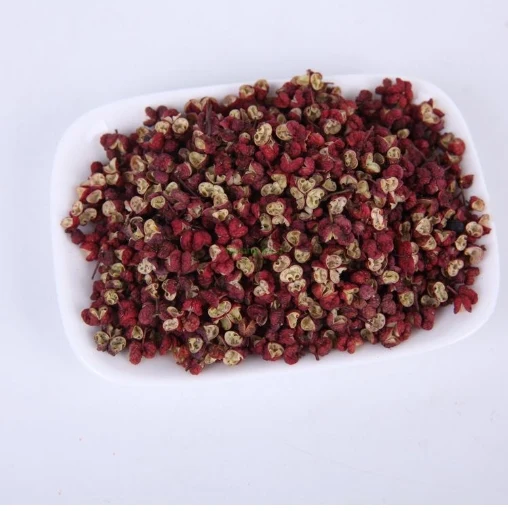
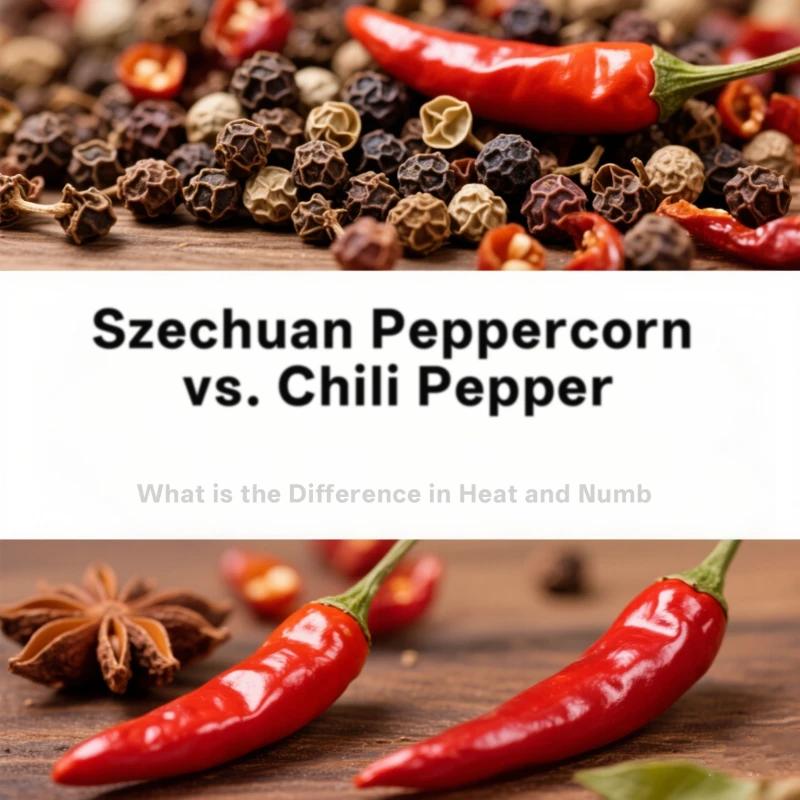
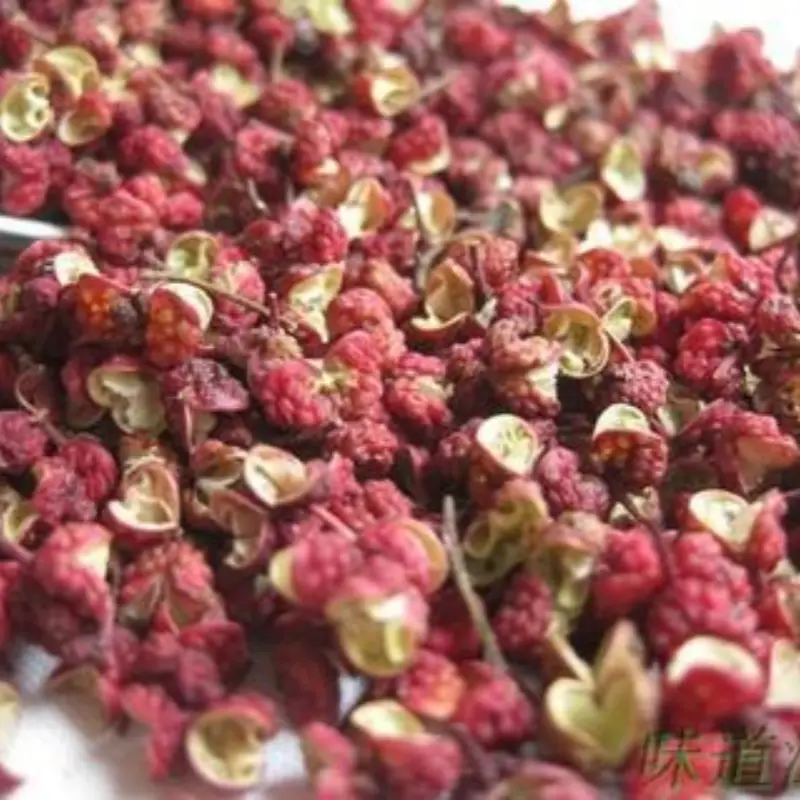
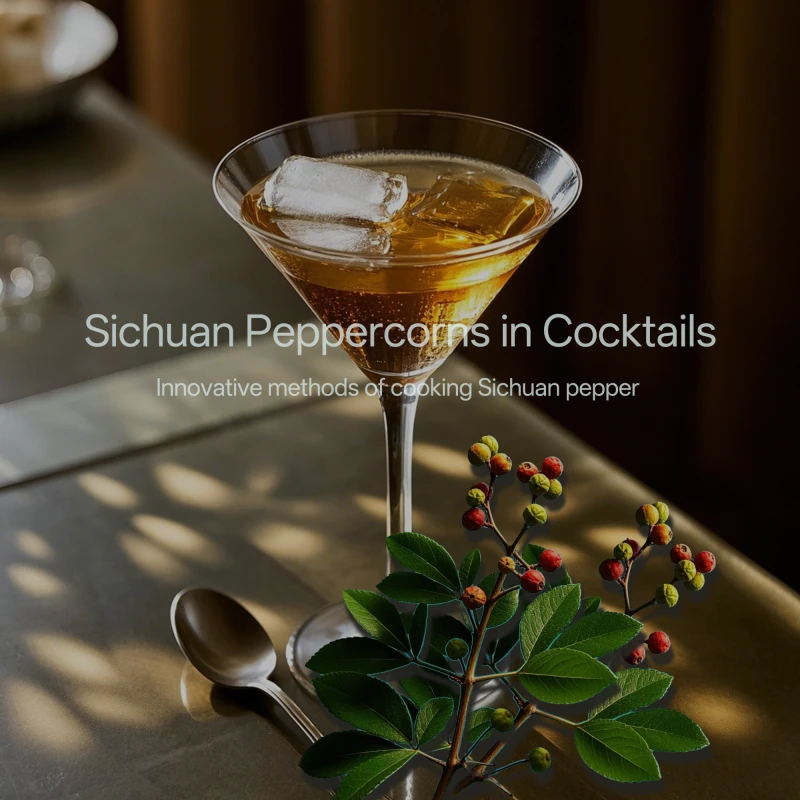
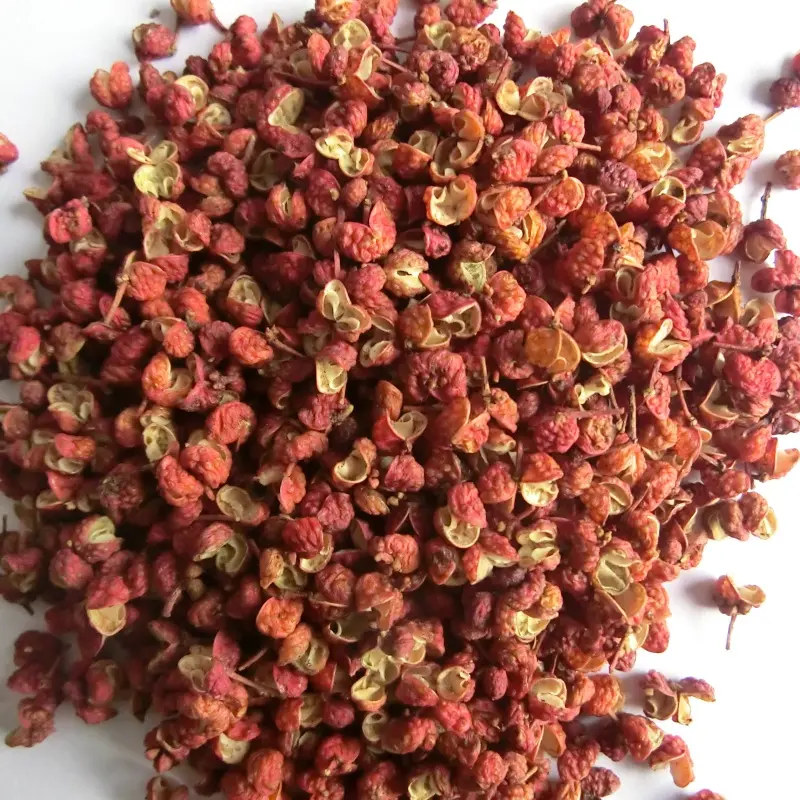
811.webp)
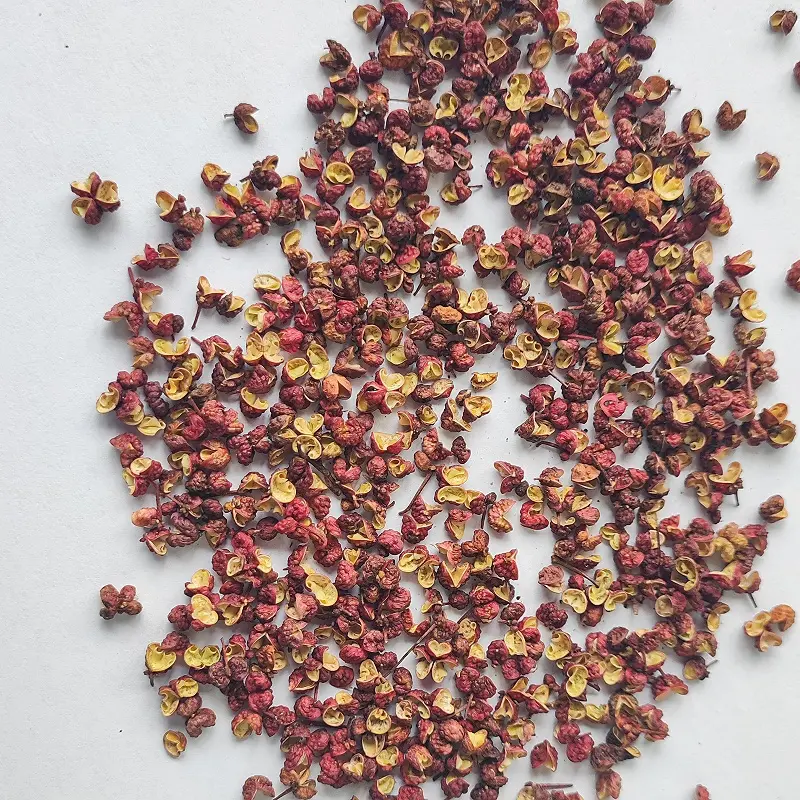
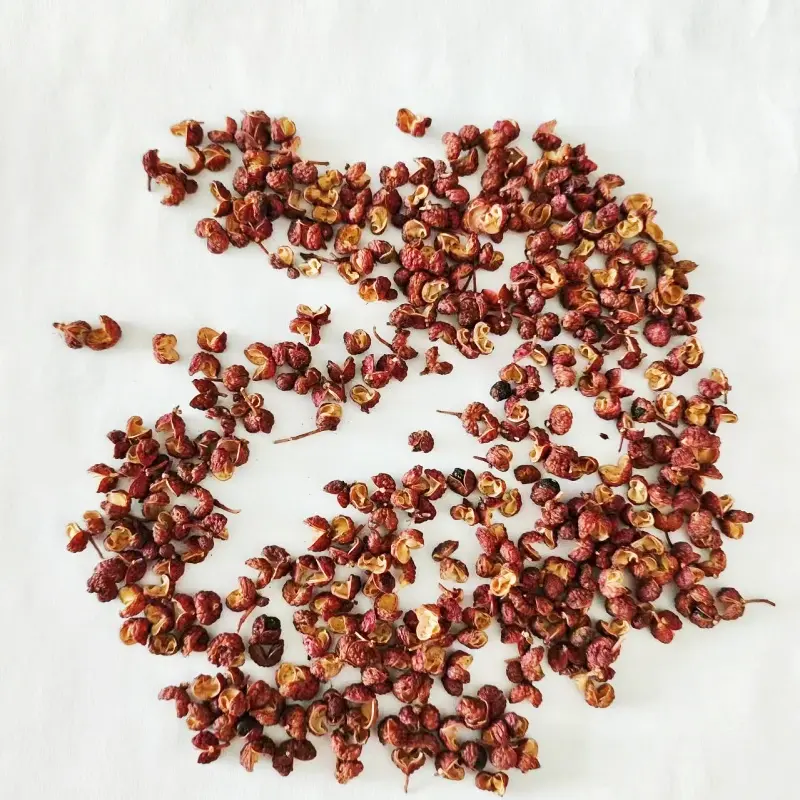
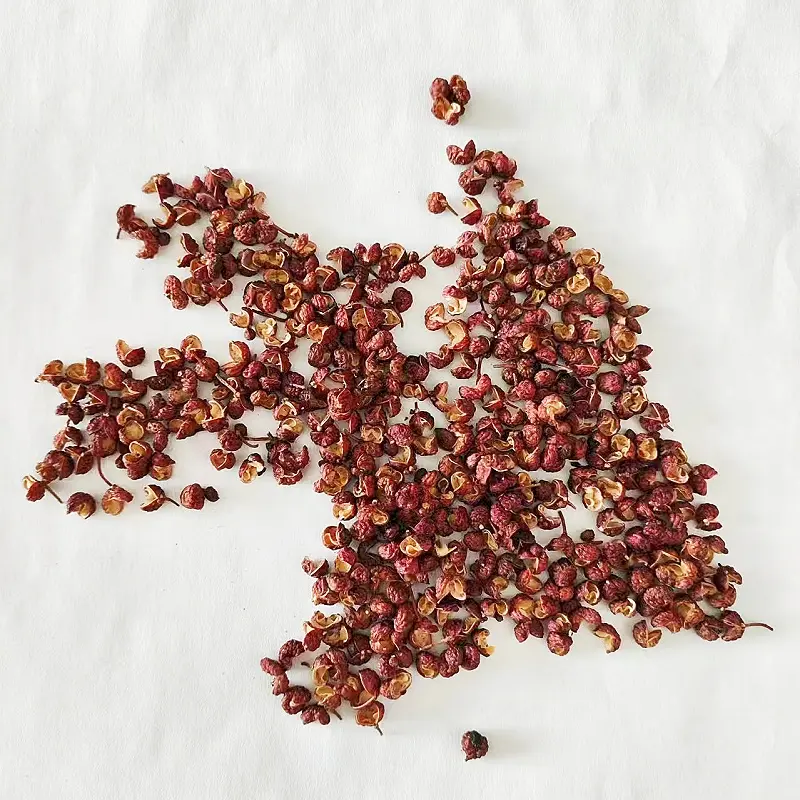
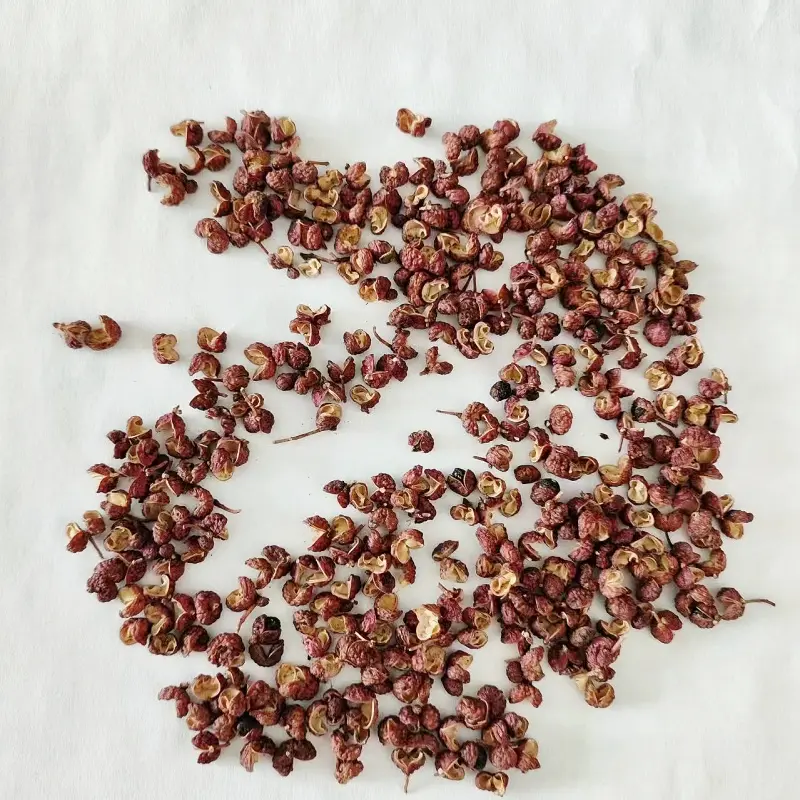
114.webp)
